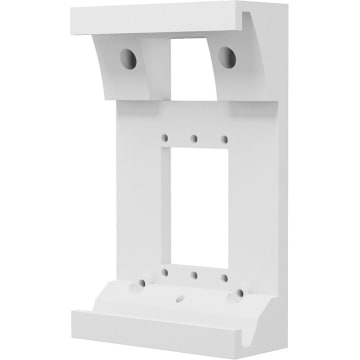

Maximises heat recovery from CHP heat sources such as jacket water or exhaust. More heat can be transferred at the maximum flow rate by using a larger temperature difference. Pipe size limits the capacity of the loop by limiting the maximum flow rate.

Increase in the maximum capacity of the loop to deliver heat. A low mass flow rate minimizes the amount of electricity required to pump water around the loop. We could also use a low mass flow rate with a high temperature difference.Ī low mass flow with high temperature difference is optimal and will reduce our capital & operating costs. We could use a high mass flow rate and low temperature difference. Optimization of a hot water loop requires correctly setting the flow rate and temperature. The temperature difference dT is the difference in temperature before and after heat transfer. The specific heat capacity of water does vary with temperature but for the scope of a hot water loop it is essentially constant. Water is a good fluid choice for cost and safety considerations. We could manipulate the specific heat capacity only by changing the fluid used in the loop.

The specific heat capacity Cp is a thermodynamic property specific of the fluid used to transfer heat. The mass flow rate m is a measurement of the amount of water flowing around the hot water loop. Heat = mass flow * specific heat capacity * temperature difference


 0 kommentar(er)
0 kommentar(er)
